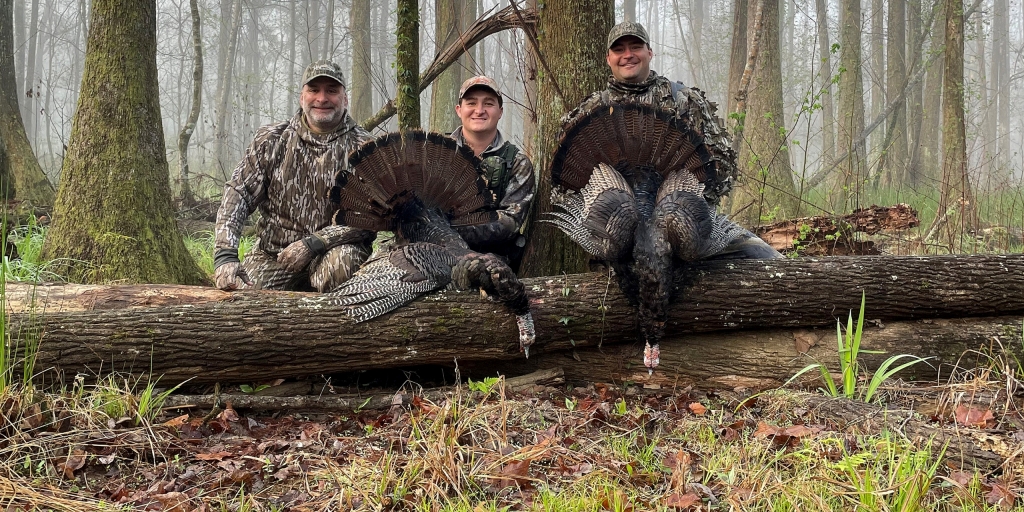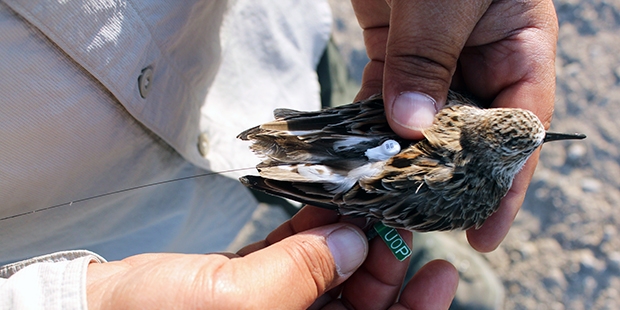The number of cases of chronic wasting disease is increasing, with today’s announcement of two more cases in northern Lauderdale County in northwest Alabama.
The Alabama Department of Conservation and Natural Resources said the new cases of chronic wasting disease in hunter-harvested, white-tailed deer bring Alabama’s total number of confirmed CWD cases to five.
CWD in Alabama’s deer herd was first detected in Lauderdale County in January 2022. After the first case was confirmed, all of Lauderdale and Colbert counties were designated a CWD Management Zone (CMZ).
So far during the 2023-2024 hunting season, samples have been collected from more than 1,700 white-tailed deer harvested statewide with 420 of those samples collected within the CMZ, according to the Conservation Department.
One of the positive samples was submitted during the second CMZ mandatory sampling weekend (Dec. 2-3). The other positive sample was voluntarily submitted at a drop-off sampling location by a hunter as part of ADCNR’s ongoing CWD monitoring efforts. The next mandatory sampling weekend in the buffer zone of the CMZ is Jan. 6-7, the department said.
“I would like to thank hunters for their continued support by providing a robust number of samples for CWD testing since the disease was first detected in Alabama,” said Chris Blankenship, ADCNR Commissioner. “Hunters are our most important partners in the management of CWD as we move forward with future deer seasons.
“We also thank the Alabama Department of Agriculture and Industries for their continued partnership with statewide CWD monitoring. Their assistance by testing the samples allows us to better serve our constituents by providing them with timely information on the distribution and extent of CWD in Alabama.”
CWD is a member of the group of diseases called transmissible spongiform encephalopathies. Among cervids, CWD is a progressive, fatal disease that commonly results in altered behavior due to microscopic changes of the brain of affected animals. An animal may carry the disease for years without outward indication. In latter stages of the disease, signs may include listlessness, lowering of the head, weight loss, repetitive walking in set patterns and a lack of responsiveness.
To review Alabama’s regulation and the latest information about CWD in the state, visit www.outdooralabama.com/cwd-info













